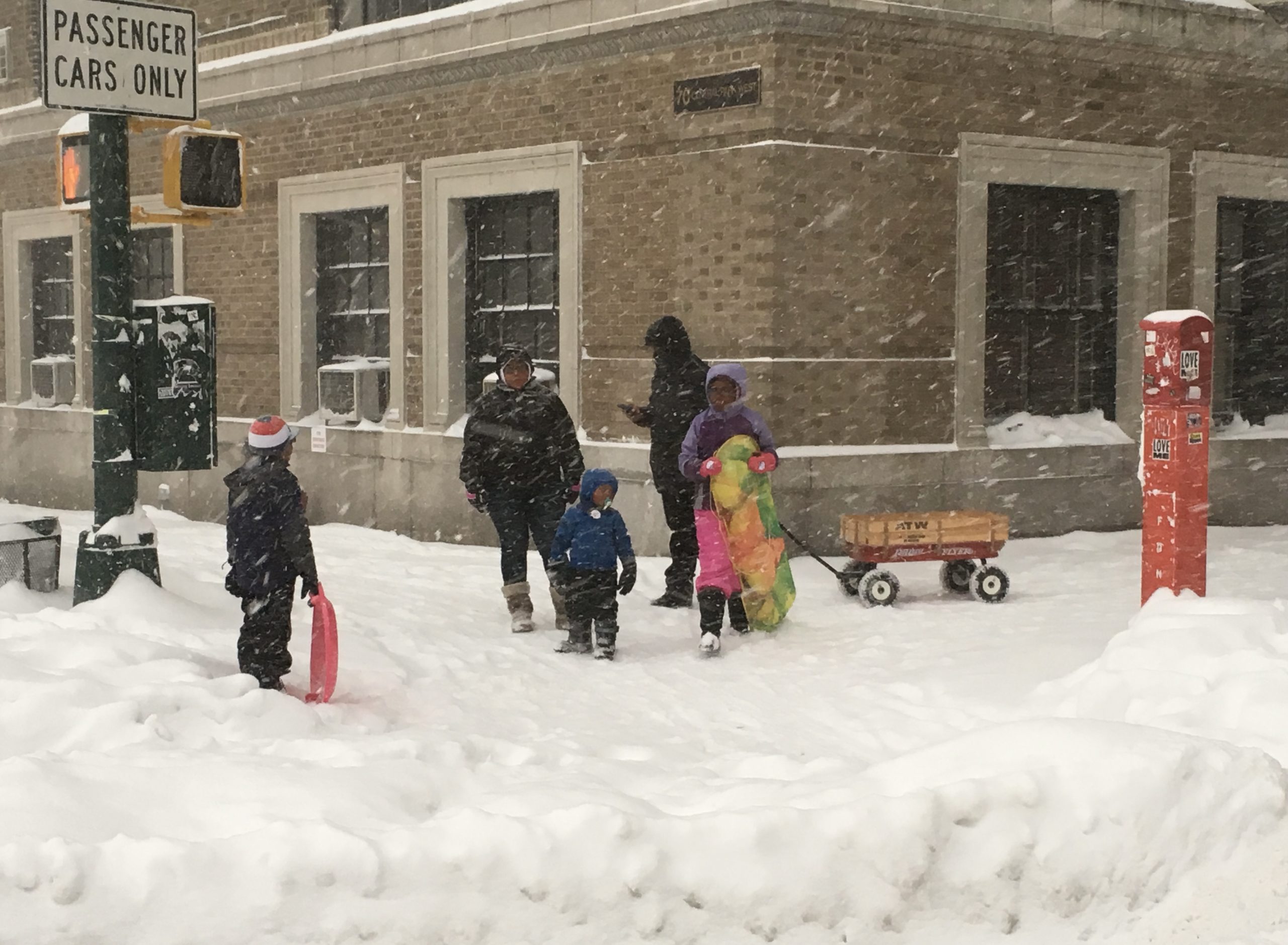Published on:
Preventing injuries and fatalities during winter storms
 Winter storm related injuries and fatalities can often be prevented by preparing ahead. Now is the time for individuals and employers to prepare and get ready for future winter snow storms. The occupational Safety and Health Administration just released a set of guidelines that covers most winter weather related hazards and how to prevent them:
Winter storm related injuries and fatalities can often be prevented by preparing ahead. Now is the time for individuals and employers to prepare and get ready for future winter snow storms. The occupational Safety and Health Administration just released a set of guidelines that covers most winter weather related hazards and how to prevent them:
- Winter driving is always hazardous, OSHA recommends drivers who have to drive in wintery conditions to follow the “3 P’s of safe driving: “Prepare for the trip”, “Protect yourself” and “Prevent crashes on the road”. Preparing for the trip means checking that the car is well maintained, making sure that the breaks are proprely balanced, that the cooling system has a proper mix of antifreeze and water, that the battery is fully charged, that the tires are in good condition and proprely inflated, that the windshield wipers are in good condition and that your windows are clear. Protect yourself and your passengers by making sure everybody buckles up and children are in proper seats in the back. Prevent crashes by avoiding drugs and alcohol, keeping a safe distance between cars, keeping alert for pedestrian and avoiding fatigue.
- Special precautions should be taken for workers exposed to traffic as drivers may skid or loose control of their vehicle during winter weather and strike workers. Signs, cones barrels and barriers should be set up to protect workers.
- During bad storms drivers might get stranded in their vehicle. Stay in your vehicle and call emergency for assistance.
- Shoveling snow can be a dangerous activity. Watch out for heart attacks, back injuries, dehydration or exhaustion.
- Make sure your snow blower is proprely grounded to avoid electrocution or electric shocks and make sure to turn off the equipment before cleaning it to avoid lacerations and amputations.
- Cleaning snow from roofs can be particularly challenging therefore considering snow removal methods that do not involve people is always safer. However if it has to be done manually, make sure to use the proper equipment such as ladder or aerial lift and make sure the person removing the snow has protective personal equipment.
- Prevent slips and falls by clearing walking surfaces as soon as possible after a snow storm.
- Workers repairing power lines down or damaged by storms should be qualified and proprely trained.
- When removing downed trees be aware of hazards such as power lines stuck in the tree, falls and injuries related to equipment such as chainsaws. Under no circumstances should you use a chainsaw unless you have experience in doing so. Although anyone can buy a chainsaw it is foolish to use one unless you have used them for many years. Inexperienced users can suffer amputations of limbs from kick backs if they do not know how to properly use a chainsaw. It is not enough to buy one and read the operator’s manual as they are not simple to use.
For more tips and information about winter hazards prevention visit the OSHA website
 New York Personal Injury Attorneys Blog
New York Personal Injury Attorneys Blog


